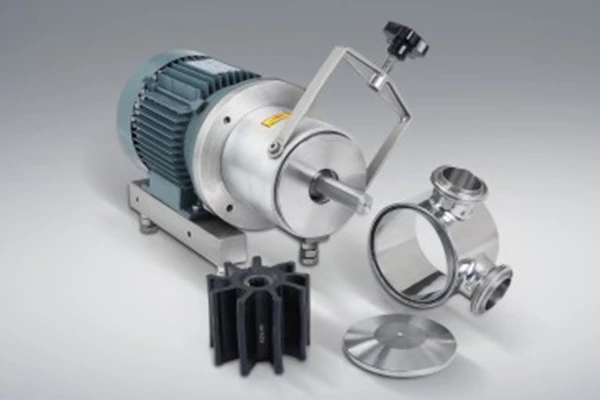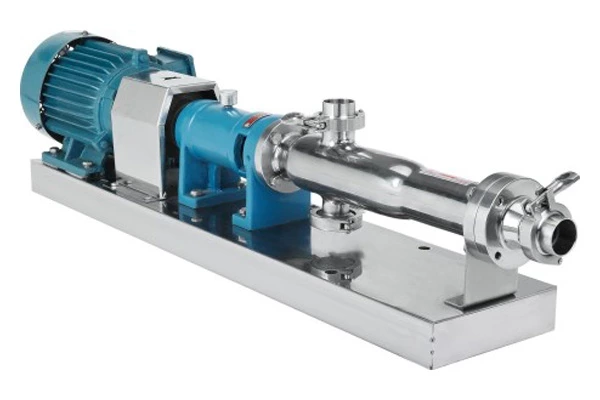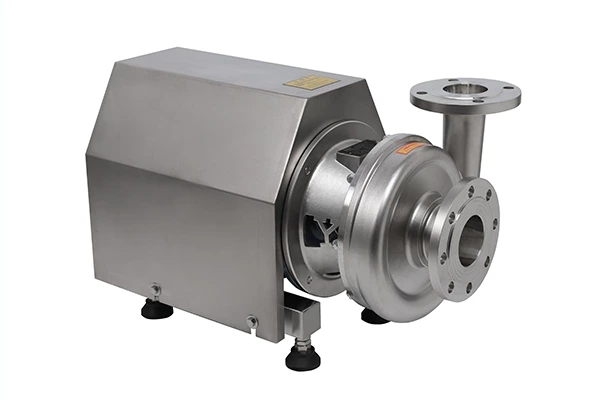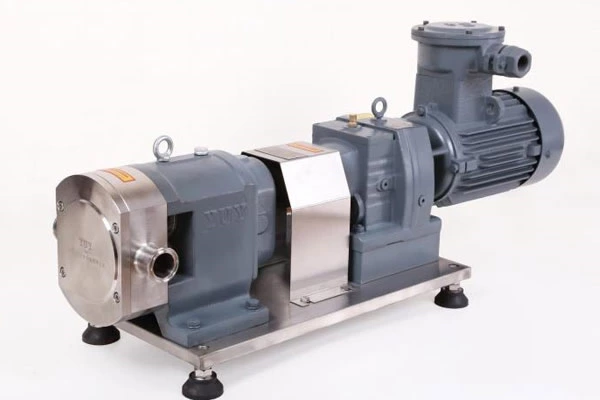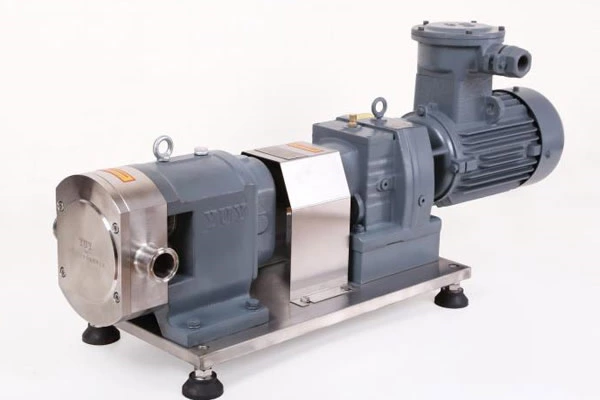150 Technical Questions And Answers About Pumps To Help You Fully Understand Pumps
31. How to prevent vacuum and cavitation during operation?
Answer: Vacuum: There are gas and liquid in the pump, the pump cannot work, and the flow and pressure tend to zero.
Cavitation: It occurs in the pump during operation, comes from the medium in the pump, the flow and pressure change and decrease, and produce hydraulic shock.
Usually CIP Return Pump vacuum refers to a cavitation phenomenon in the pump. Vacuum caused by suction gas due to leakage of installation technology pipeline is rare, and most of them are caused by operation and process changes.
During operation, we should start with stabilizing the process operating conditions, the operating temperature should be taken at the lower limit, and the pressure should be taken at the lower limit. In order to avoid or control the occurrence of cavitation, the flow of the pump should be moderate during operation, and the pressure and temperature should be minimized. The retention of gas should be prevented in the pump suction pipeline, and the inlet of the standby pump with negative inlet pressure should be closed.
32. What is dynamic fit and static fit? What is the obvious difference between them?
Answer: 1) Dynamic fit: the actual size of the hole is larger than the actual size of the pump;
2) Static fit: the actual size of the shaft is larger than the actual size of the hole;
3) Obvious difference: dynamic fit, the shaft can move relative to the hole; static fit: the shaft and the hole do not move relative to each other.
33. What are the four basic requirements for equipment maintenance?
Answer: neat, clean, lubricated, safe
34. What is the working principle of labyrinth seal?
Answer: Labyrinth seal: It is composed of several annular sealing teeth arranged in sequence. A series of throttling gaps and expansion spaces are formed between the teeth and the rotor. The fluid passes through many tortuous channels and generates great resistance after multiple throttling, making it difficult for the fluid to leak and achieve the purpose of sealing.
35. What is the interchangeability of parts? What is its main function?
Answer: 1) The parts can be interchanged and used with each other, and can meet the various index requirements of the original parts, which is called the interchangeability of parts.
2) It mainly plays the role of facilitating maintenance, reducing maintenance time, improving equipment utilization and work efficiency.
36. What is a dynamic pump?
Answer: A dynamic pump continuously transfers energy to the liquid being transported, increasing its velocity kinetic energy and pressure energy potential, mainly increasing its velocity, and then reducing its velocity, so that most of the kinetic energy is converted into pressure energy, and the liquid is transported by using the increased pressure of the transported liquid.
Such as: 1) Vane pump, which includes centrifugal pump, mixed flow pump, axial flow pump, vortex pump, etc.; 2) Jet pump, including gas jet pump, liquid jet pump, etc.
37. What is a positive displacement pump?
Answer: In the process of periodically changing the volume of the pump chamber, the positive displacement pump transfers the energy to the transported liquid by periodic changes in action and displacement, so that its pressure is directly increased to the required pressure value to achieve transportation,
Such as: 1) Reciprocating pump, including piston pump, plunger pump, diaphragm pump, extrusion pump, etc.; 2) Rotor pump, including gear pump, screw pump, Roots pump, rotary piston pump, vane pump, crankshaft pump, flexible rotor pump, peristaltic pump, etc.
38. What are the main performance parameters of the pump?
Answer: It mainly includes: flow rate, head, cavitation margin, speed, power and efficiency.
39. Why should the spare equipment be regularly cranked? What should be paid attention to when cranking?
Answer: 1) Regularly cranking spare equipment is to check whether the equipment is flexible and whether there is any jamming phenomenon; second, to prevent the bearing from bending and deformation, so as to truly play a spare role.
2) When cranking, you should pay attention to: first, the stop position of the rotor after cranking is 180 degrees from the original position; second, the pump with oil-throwing lubrication should be oiled and then cranked to prevent damage to the bearing.
40. What are the hazards of exceeding the rated current to the pump?
Answer: The rated current is the current of the motor doing normal work under the rated voltage and rated power. If it exceeds the rated current, the motor is prone to overheating, and the relay protection device is activated to stop the pump. If the relay protection device does not work or does not work well, it is easy to burn the motor and damage the pump.
